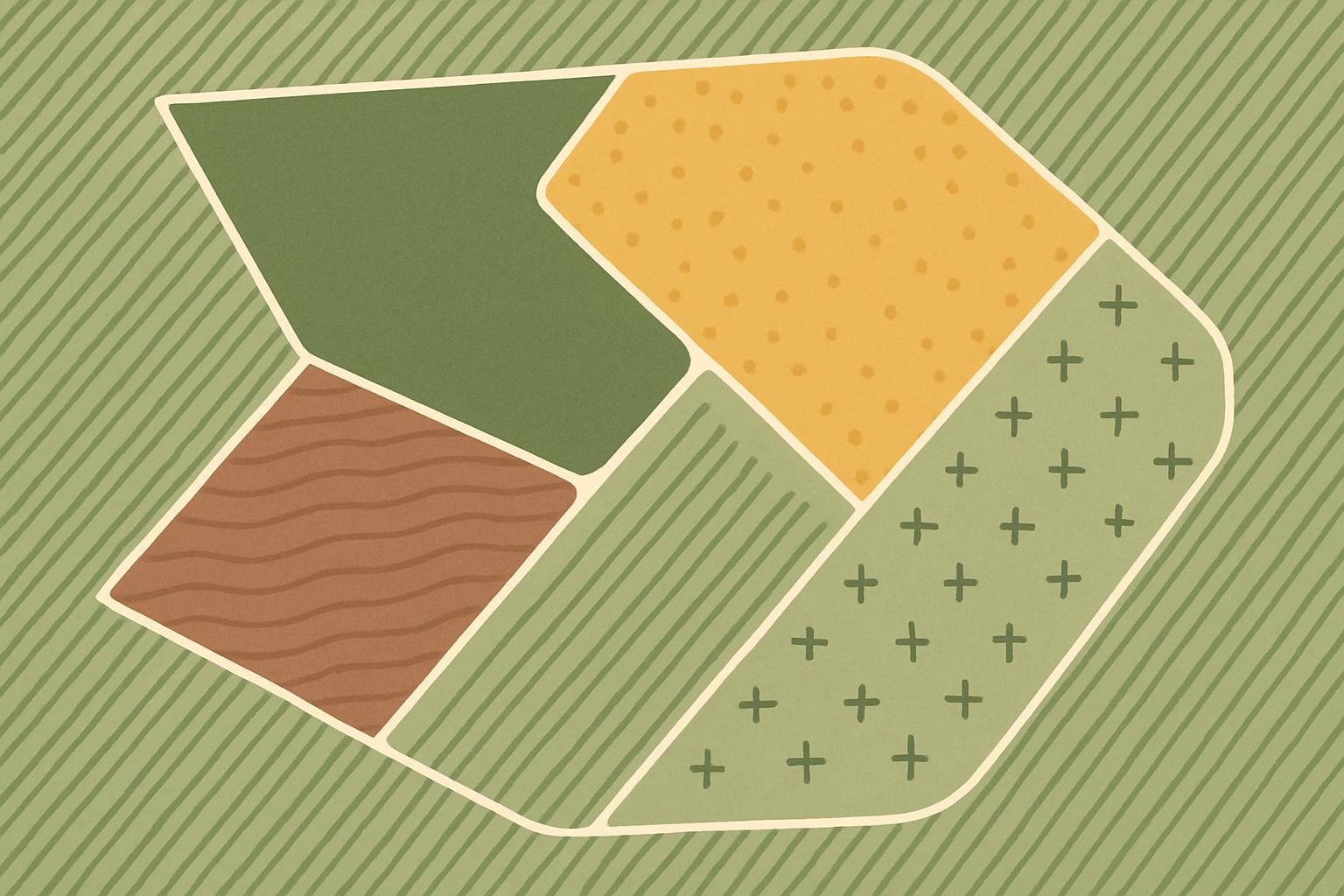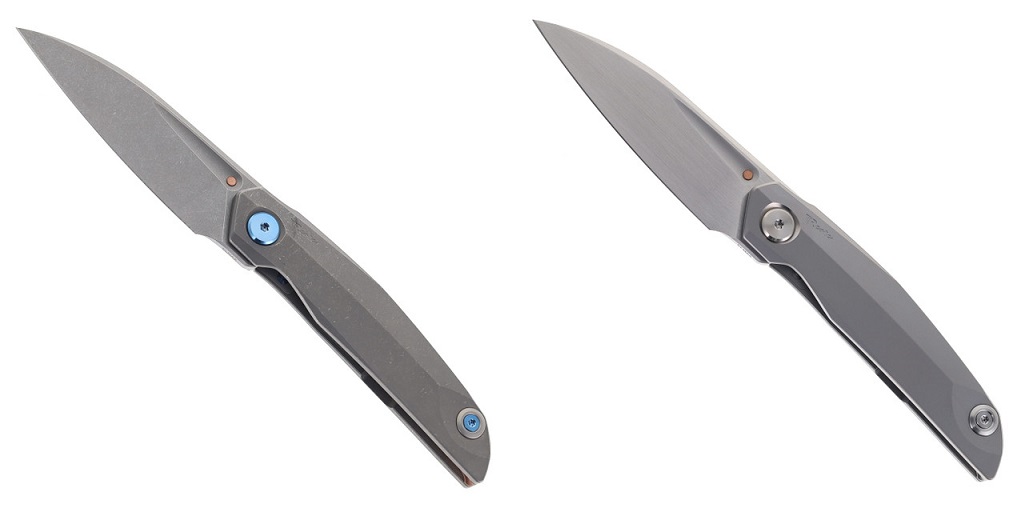Weeds don’t grow evenly across a field, nor should your herbicide strategy. Large farms face unique challenges when managing weed control: variable soil types, changing topographies, microclimates, and uneven weed pressure. Applying the same herbicide mix across 100 hectares assumes that every part of the land has the exact needs, which it rarely does.
The 4-Zone Strategy helps farmers break down large farms into manageable treatment areas based on weed density, crop stage, and field conditions. It blends precision with practicality, allowing you to optimise herbicide efficiency, save input costs, and delay resistance development. Whether you farm in the plains of Punjab or the black soils of Madhya Pradesh, adopting a zonal mindset can transform how you approach weed control.
Why Traditional Blanket Spraying Falls Short on Large Farms
Due to convenience or legacy practices, most large-scale farms rely on uniform herbicide applications. However, this often results in:
-
Over-application in areas with low or no weed pressure
-
Under-application in zones with persistent, resistant weed populations
-
Unnecessary chemical load on soil and non-target organisms
Blanket spraying increases herbicide use by up to 30% compared to zonal approaches, according to recent field trials by the International Maize and Wheat Improvement Center (CIMMYT). Increasing input prices and regulatory scrutiny make more innovative strategies essential.
More farmers are turning to data-driven platforms to map their fields and create prescription maps. Many tools integrate satellite imagery, drone scans, or previous yield maps to classify land into treatment zones. Paired with digital sourcing options that allow them to buy herbicide products tailored for specific zones, they can reduce waste and enhance crop resilience without blanket reliance on chemicals.
What Is the 4-Zone Herbicide Strategy?
The 4-Zone Strategy segments a large field into four functional areas based on weed intensity, crop sensitivity, and soil or moisture dynamics. Each zone gets a customized herbicide recommendation—the right product, the right rate, and the right time.
The four zones are:
-
Zone 1: Low Weed Pressure – Minimal Input
-
Zone 2: Medium Weed Pressure – Standard Pre-Emergence
-
Zone 3: High Weed Pressure – Targeted Post-Emergence
-
Zone 4: Problem Weeds/Resistance – Specialized Rotation Plans
This model borrows from precision agriculture frameworks and adapts them to real-world herbicide application, whether manual, tractor-mounted, or drone-assisted. It supports both conventional and conservation tillage systems.
Zone 1: Low Weed Pressure – Focus on Monitoring, Not Spraying
In areas with historically low weed density—often near tree lines, shaded patches, or areas previously under cover crops—the best approach may be limited or no herbicide use.
Actions for Zone 1:
-
Skip pre-emergents unless needed for uniformity
-
Use mechanical or manual methods as needed
-
Rely on field scouting every 10–14 days to detect new invasions
This zone is ideal for herbicide load reduction, especially in organic-transition fields or regenerative systems. Cost savings can be redirected toward more critical zones without compromising field integrity.
Tip:
Rotating Zone 1 areas into cover cropping during off-seasons maintains low weed pressure and adds organic matter to the soil.
Zone 2: Medium Weed Pressure – Standard Pre-Emergence Coverage
This zone makes up the majority of productive field areas with moderate but consistent weed activity. Pre-emergent herbicides are often effective when timed correctly and supported by good soil moisture.
Common recommendations:
-
Use pendimethalin or metribuzin in cereals and legumes
-
Incorporate oxyfluorfen in orchards or vegetable beds
-
Apply within 2–4 days of sowing or transplanting
Make sure your spray covers furrows and seedlines evenly. Weather patterns matter here—rainfall within 72 hours helps activate most pre-emergents, while dry spells may reduce performance.
Tip:
Use colored dye indicators in tank mixes to identify missed patches and reduce overlaps.
The IMD Agromet Advisory is a helpful external tool for weather-based herbicide scheduling. It provides localized rainfall predictions and application windows.
Zone 3: High Weed Pressure – Customized Post-Emergence Approach
This zone typically includes field edges, poorly drained sections, or areas with a history of resistant weed species. Early-season control may have failed here, requiring post-emergent sprays to manage weed escape.
Strategic steps:
-
Identify weed species using mobile apps or agronomy support
-
Choose selective herbicides like tembotrione, fenoxaprop, or quizalofop
-
Time applications for 2–4 leaf stage of the weed, ensuring optimal absorption
Add adjuvants such as surfactants to improve absorption, particularly in situations with dry or waxy leaves. To avoid drift or scorch, avoid spraying during periods of high sunlight or at wind speeds more than 15 km/h.
Tip:
Follow a resistance management plan using the HRAC classification. Rotate between herbicide groups every season to avoid resistance.
Zone 4: Resistance Hotspots and Problem Weeds
There are a few trouble spots on every farm where Phalaris minor, Parthenium, or Cyperus rotundus reappear in spite of prior sprayings. These are the areas where specific planning is required.
Tactics include:
-
Use tank-mixes of two different modes of action
-
Apply double knockdown methods—glyphosate followed by paraquat
-
Integrate non-chemical controls such as deep tillage or solarization
To reset the seed bank, a field rest or temporary switch to a smother crop (like mustard or sunflower) may sometimes be needed.
“Every weed is a symptom of imbalance. Effective herbicide strategy isn’t just suppression—it’s a plan to restore field balance through diversity, timing, and insight.”
How to Map Your Zones Without Expensive Tech
While satellite tools and drone maps are helpful, many farmers start with basic zoning using on-ground observation and field notes.
Steps to create manual zones:
-
Walk the field before sowing and flag high-density patches.
-
Mark moisture-retaining or shaded zones prone to weeds.
-
Refer to yield maps, if available, to spot weed-linked low-yield zones.
-
Sketch a field map on paper and assign each section a zone number.
Digital options like Kisan Suvidha and AgriApp help convert these observations into treatment plans and suggest localized herbicide options. They also offer real-time advisory support for disease and weed alerts.
Smart Herbicide Storage and Record-Keeping Across Zones
With zone-specific plans, farms now need smarter storage and tracking of herbicide use. Accurate logs help meet compliance rules, avoid overlaps, and plan future purchases.
Best practices:
-
Label drums by zone and date of intended application
-
Store chemicals off the ground, in shaded, well-ventilated sheds
-
Maintain application logs showing herbicide type, rate, and area treated
This documentation also helps when applying for certifications like GlobalG.A.P., which requires input traceability.
FAQs
-
Is it practical to use different herbicides on different parts of the same farm?
Yes. Many large farms already use separate sprayer tanks or sequential sprays to cover multiple zones efficiently. -
How can I prevent resistance in Zone 3 and 4 areas?
Use multiple modes of action, never apply sub-lethal doses, and rotate chemistry seasonally. Include mechanical or crop-based controls in those zones. -
Can drones be used for zone-specific spraying?
Absolutely. Many drone sprayers now support prescription maps and geofencing, ensuring accurate application zone-wise. -
What if I misclassify a zone?
Start conservatively. It’s safer to under-treat a low-pressure zone than to overtreat. Use your scouting notes to adjust zones year-to-year. -
Do I need government approval for specific herbicides in each zone?
Only use registered herbicides approved by the CIBRC. Local agri-departments can advise on crop-specific and region-approved options.
From Uniformity to Precision: A Mindset Shift
One-size-fits-all solutions are no longer an option for large-scale agriculture. Moving away from uniformity and towards intelligent, responsive farming is the goal of the 4-Zone Strategy for more intelligent herbicide use. Farmers may preserve long-term field health, discover new efficiencies, and keep ahead of resistance concerns by carefully watching, classifying, and responding.
A completely mapped herbicide playbook can be created from a few field flags, which will increase crop returns and decrease input waste. Future smart fields will be the best managed, one zone at a time, rather than the largest.







0 Comments